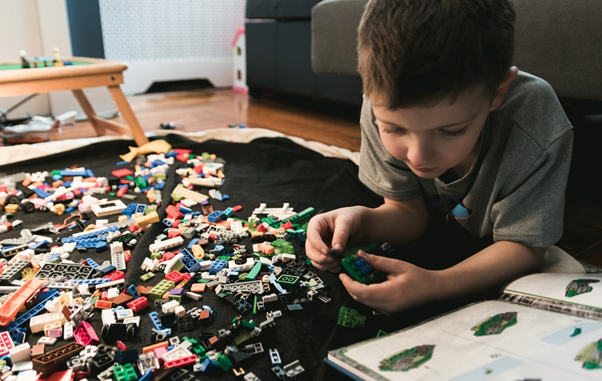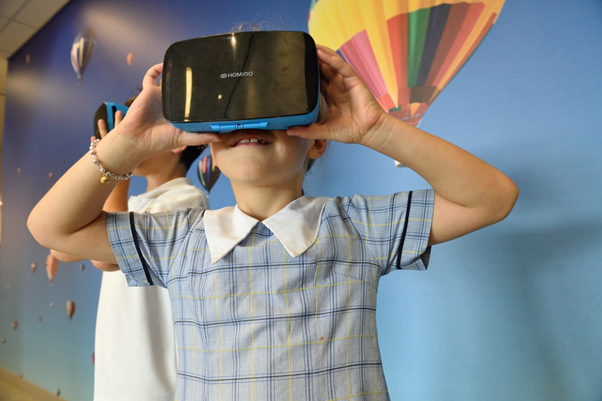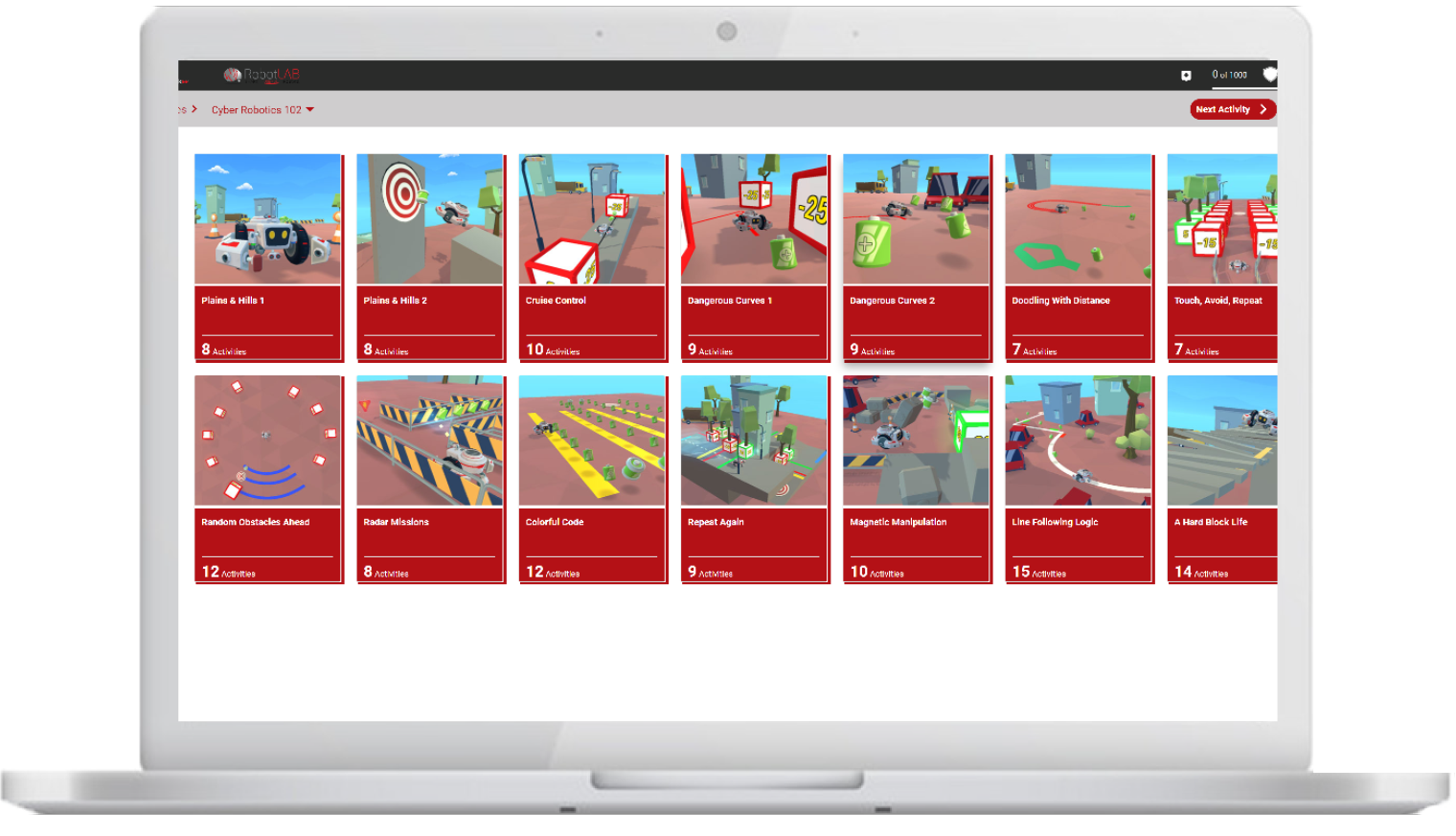By Shreiya Aggarwal-Gupta
 Source: Unsplash.com
Source: Unsplash.com
All the parents in the world have one goal in common: to help their children be the best at whatever they do. (Those who say they don’t will still read this article.)
The obvious place to test that out – at least on an intellectual level – is school. “Does my kid understand stuff better than others and show the propensity to retain and use information?” is a common question that comes to a parent’s mind, even if they don’t pressurize children to do well, by any stretch of imagination.
In my experience as an early education and STEM blogger, there is no guaranteed way to do this. But yes, there is a definite path you can handhold young kids along – it’s easier the earlier you start – and there are tons of science-backed activities you can try out to make your child that bit smarter than they’d otherwise turn out to be.
Do Away with Traditional Methods of Learning
As discussed earlier, the “testing ground” for kids’ smartness is the place they all go to – school. However, traditional education as we know it is woefully inadequate for today’s fast paced, information-overloaded lifestyle. While flexibility and creativity come naturally to kids, K-12 education is falling further and further behind the level of “street-smartness” that they will need when they grow up. It actually manages to stifle their innate, spontaneous instincts in many cases.
While many more parents have taken to homeschooling their kids in the wake of the COVID-19 pandemic, there is an interesting option put forward by Ronald Battle recently here on RobotLAB: hybrid learning.
At the crux of the concept lies an ideal mix of in-person instruction and interaction and strategic use of technology for online or virtual learning.
Whenever schools or camps reopen, or if you can find a safe option to get your kids taught meanwhile, go for it. Face-to-face, real-time teaching is crucial for effective and quick understanding of new concepts as well as socio-emotional wellbeing and enrichment.
On the other hand, a study by Research Institute of America has shown that students learn 40 to 60% faster with online methods of learning. That’s not all – they retain 25 to 60% more of what they’ve learnt, because of self-paced learning and comfortable environment, among other benefits.
Hybrid learning is not for everyone. Many kids don’t have the opportunity to be enrolled in different classes or access to enough technology resources. That said, where there is a will, there is a way. Instead of being a “helicopter mom” you’d do better to focus on finding free, inexpensive, or easy-to-access resources.
Also encourage them to try out small STEM learning activities with things that are easily available in and around your home. This will help turn them into proactive learners, boost their curiosity, and give them hands-on knowledge of how everyday stuff works.
Let Kids Solve Their Own Problems
A significant and obvious trait of all successful geniuses is that they are really good problem solvers. From Thomas Edison who proverbially tried 10,000 wrong ways to make a light bulb to Elon Musk who brought space rockets and hybrid cars within the reach of individual enterprise, every mastermind or achiever has the uncanny ability to break down a problem and solve it, with sheer perseverance and determination. This attribute alone sets them apart from the crowd.
While it may appear that problem-solving is an innate trait of geniuses, the truth is that it is a painstakingly cultivated and nurtured habit, like any other virtue.
 Source: Unsplash.com
Source: Unsplash.com
It’s important that our kids, faced with an uncertain future, don’t get stuck or disheartened by problems that come their way. Children have extraordinary levels of neuroplasticity in their brains during their growing years, allowing them to think in ways that adults can’t quickly fathom. Use this process to take advantage of this and encourage problem-solving in kids:
-
Identify the emotion behind the problem. If necessary, calm them down and get them into a mindset to attack the problem.
-
Let them think of all the possible solutions. Help them brainstorm, but don’t give them your solution.
-
Tell them to list out the pros and cons of each solution they came up with. This will encourage them to think about risks and consequences as well as prioritize outcomes.
-
Let them pick a solution they think will work best (and quickly) and test it out. If it doesn’t work, move on to the next best option.
Remember, practice makes perfect, so be sure to “create” more problems for them to solve every now and then and resist the urge to help them out. Their brain muscles will thank you for it.
Get Kids in Shape (And Keep Them That Way)
All work and no play makes Jack a dull boy. And Jill a dull girl, if I may add. The stereotype of the “dumb jock” who spends all day playing sports or games without indulging in physical exercise is a big myth and fallacy. In his groundbreaking book Spark: The Revolutionary New Science of Exercise and the Brain, renowned psychiatrist John J Ratey revealed two startling facts:
-
Three months of good physical activity results in a permanent increase to blood flow to the hippocampus – the area of the brain that helps in memory and learning – by a remarkable 30%.
-
Being in good shape increases your ability to learn quicker. German researchers found that people’s ability to pick up new vocabulary improves 20% following a good workout.
If you want empirical evidence of that, know that Steve Jobs was famous for taking long walks with his colleagues, clients, and peers. It is said that he got his best technical and entrepreneurial ideas during these walks. Benjamin Franklin swam in the frigid waters of the Thames at every given opportunity. Nikola Tesla performed all sorts of little exercises throughout the day, including at bathing and resting, and swore by milk.
Of course, children don’t need to be told at all to play outdoors. Rather, it’s a task to bring them in at dark! The only thing to do here is feed the beast and keep giving them simple ideas to try out – here’s a monster list of outdoor activities with STEM takeaways.
 Source: Pixabay.com
Source: Pixabay.com
How do you know if your kids are getting enough exercise? Simple – they’ll sleep like a log. Let them. Not sleeping enough is detrimental to children’s mental health. Research cited in the book NurtureShock: New Thinking About Children by Po Bronson and Ashley Merriman found that the loss of just one hour of sleep leads to a loss of two years of cognitive development – the equivalent of a fourth grader degrading into a second grader!
Evidently, the opposite holds true. Albert Einstein, whose name is synonymous with “genius,” was reported to sleep 10 hours a day – that’s more hours than even children get today.
Over to You
With a little bit of help here and there, it is easy to foster an aptitude of creativity, flexibility, and lateral thinking in kids. However, you should always make it clear to the kid that their effort is valued over the outcome.
Camila Benbow of Vanderbilt University puts it best: “Setting out to raise a genius is the last thing we'd advise any parent to do,” she says, citing findings from the University’s research. “Focusing on genius can lead to all sorts of social and emotional problems."
While you shouldn’t always safeguard them from trouble, commending the child’s effort and praising them for who they are encourages them to experiment without fearing failure. And that’s how da Vincis and Einsteins are made!
Discover more Resources with RobotLAB!

CoderZ is an online educational environment that improves students 21st century skills, while they are having fun programming their own virtual cyber robot. CoderZ and RobotLAB has different lessons to do at home! Check them out Here
AUTHOR BIO:
Shreiya Aggarwal-Gupta is the owner of the early education startup Kidpillar, which aims to provide developmental opportunities and resources for young children in the field of STEM (Science Technology Engineering Mathematics) via kid-friendly journals, practical DIY-kits, and simple project-based learnings and workshops. Shreiya is also a passionate blogger, computer science engineer, finance whiz, and “perfect mommy” to her son.

